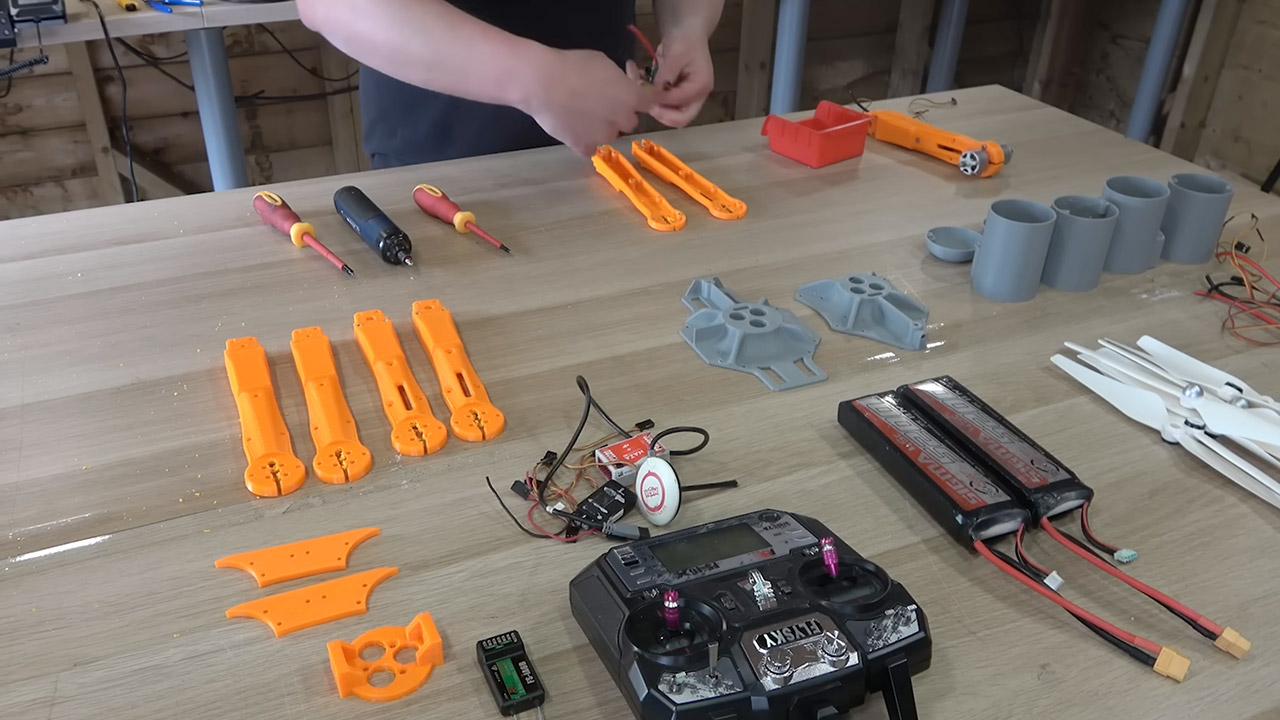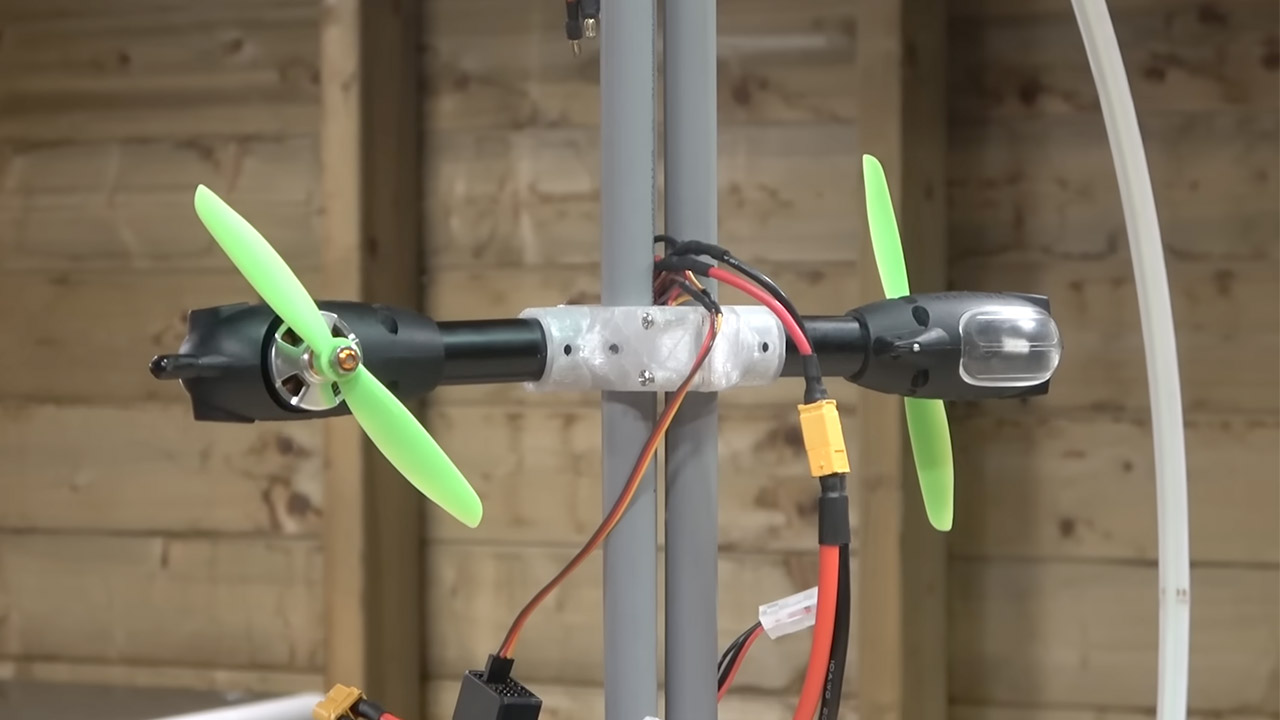
Erik Spijk spent more than a year transforming a failed 2017 experiment into a functional drone that displays graphics in mid-air. He calls it Zippy, and it’s a small-scale tribute to Las Vegas’ gigantic LED-covered Sphere. A ring of 144 LEDs spins quickly enough to trick the eye into perceiving solid images, writing, or basic animations, while the entire contraption hovers on its own power.
Spijk started with the display itself, as standard drone frames carry weight; his needed to disappear into the illusion. He removed heavy 3D-printed supports that whistled like a siren at high speeds. They were replaced with carbon-fiber rods similar to those seen in stunt kites. Each LED strip was then inserted into clear heat-shrink tubing and shrinks around the rod using a heat gun.
- Due to platform compatibility issue, the DJI Fly app has been removed from Google Play. DJI Neo must be activated in the DJI Fly App, to ensure a...
- Lightweight and Regulation Friendly - At just 135g, this drone with camera for adults 4K may be even lighter than your phone and does not require FAA...
- Palm Takeoff & Landing, Go Controller-Free [1] - Neo takes off from your hand with just a push of a button. The safe and easy operation of this drone...
The center shaft’s slip rings transmit power to the spinning ring. Every LED flash is timed by a tiny microprocessor to ensure precise rotation. Spin the ring at 1,200 RPM, and the controller fires 20 full images per second, fast enough for the human eye to combine several flashes into a single stable image.

Newton’s third law nearly derailed the project, as tilting the display one way causes the drone body to turn the opposite. Early tests on a workbench revealed that the frame spun violently opposite the ring. Spijk used a load cell to quantify the force: 2.3 kilograms of twist, which was significantly greater than he had anticipated. Standard drone motors with short arms generated only a fraction of the required counter-thrust.

Longer arms and bigger propellers solved the problem. Two dedicated motors now sit on arms fixed to the central shaft, spinning propellers in the same direction as the display. Their thrust cancels out the reaction torque exactly. Eight more motors around the outer frame provide lift and control. Ten propellers in total. Weight ready to fly: just under 2 kilograms.

Flight testing began tethered to a pole. The ring spun up, the propellers countered, and the drone remained steady. Zippy rose smoothly, free of her tethers. At hover, the ring painted a smiling face 10 meters above ground. The battery life is 4 minutes, which is long enough for a demo but short enough that careful power management is required.Spijk built the entire thing for less than $1,000, a quarter of the $460,000 he had paid for a ground-mounted LED wall. The majority of the parts came from standard drone manufacturers, with unique brackets and shafts from a quick-turn machine shop. Open-source flight controllers handle stability, while proprietary code controls the LEDs.

The first prototype was destroyed after a propeller collided with the ground after a hard landing. Carbon fiber shattered, sending LEDs flying. Spijk intends to rebuild with stronger landing legs and a protective cage surrounding the ring. Future versions may include a second ring for color or stack rings vertically for genuine 3D views.
[Source]













